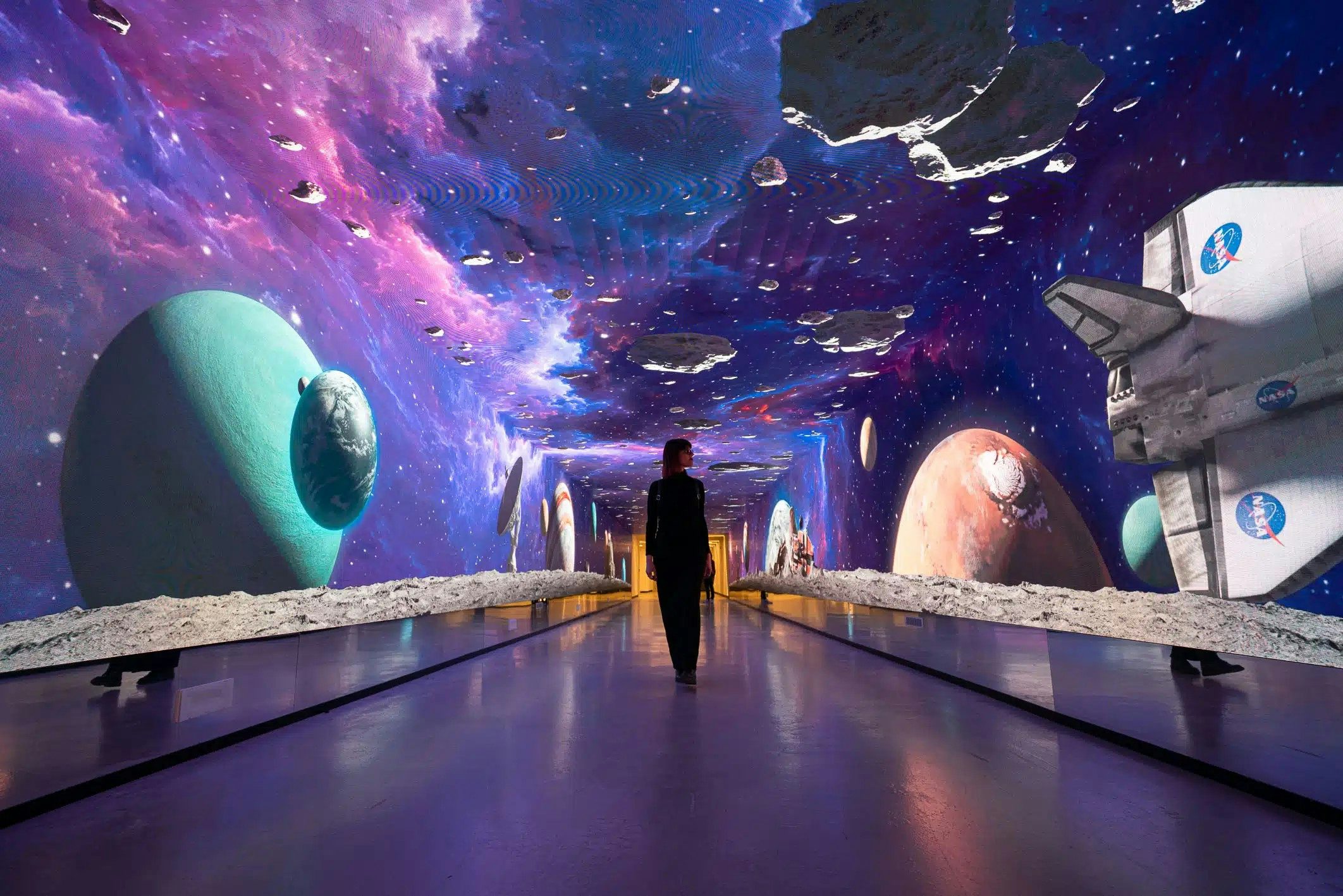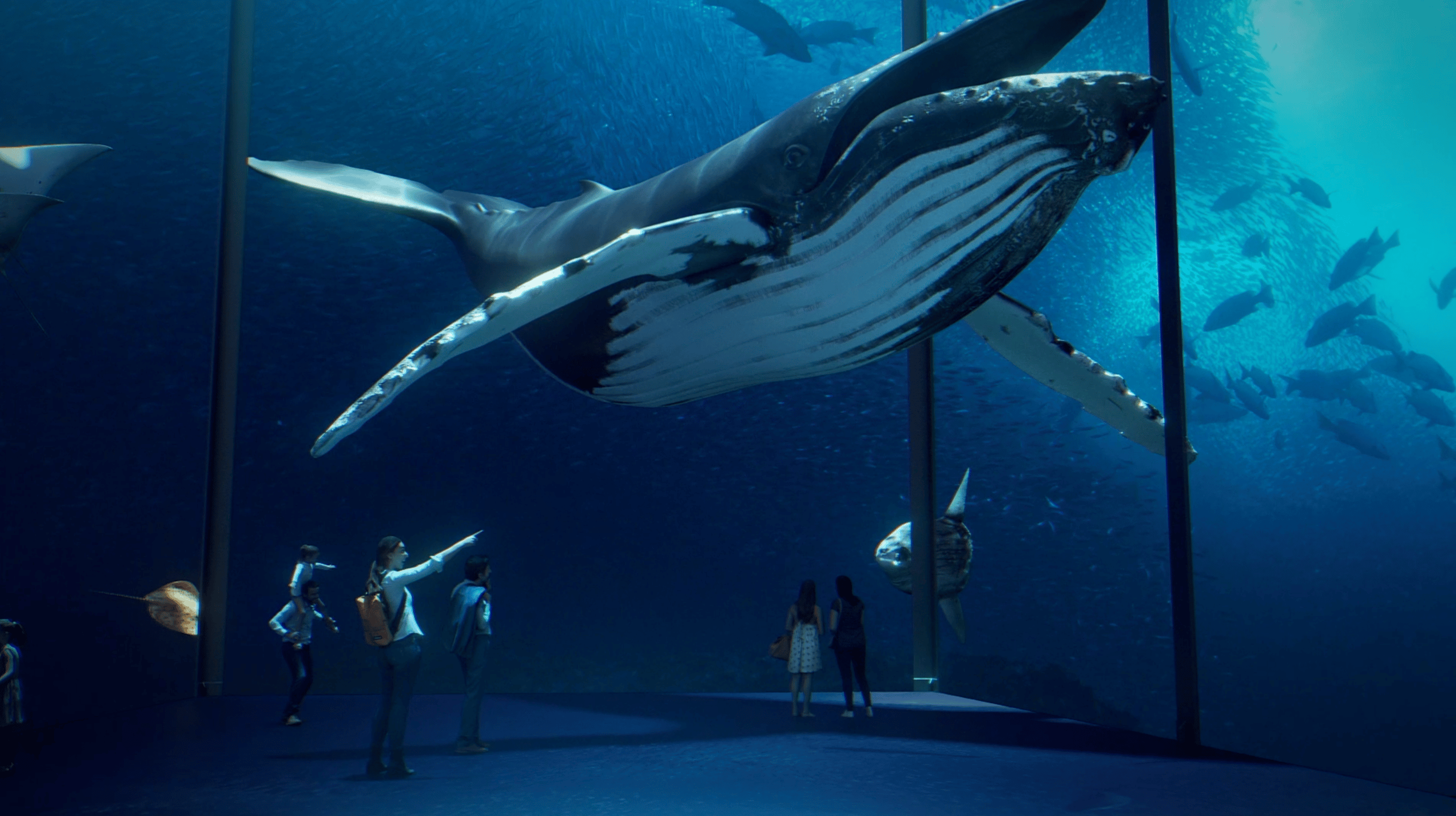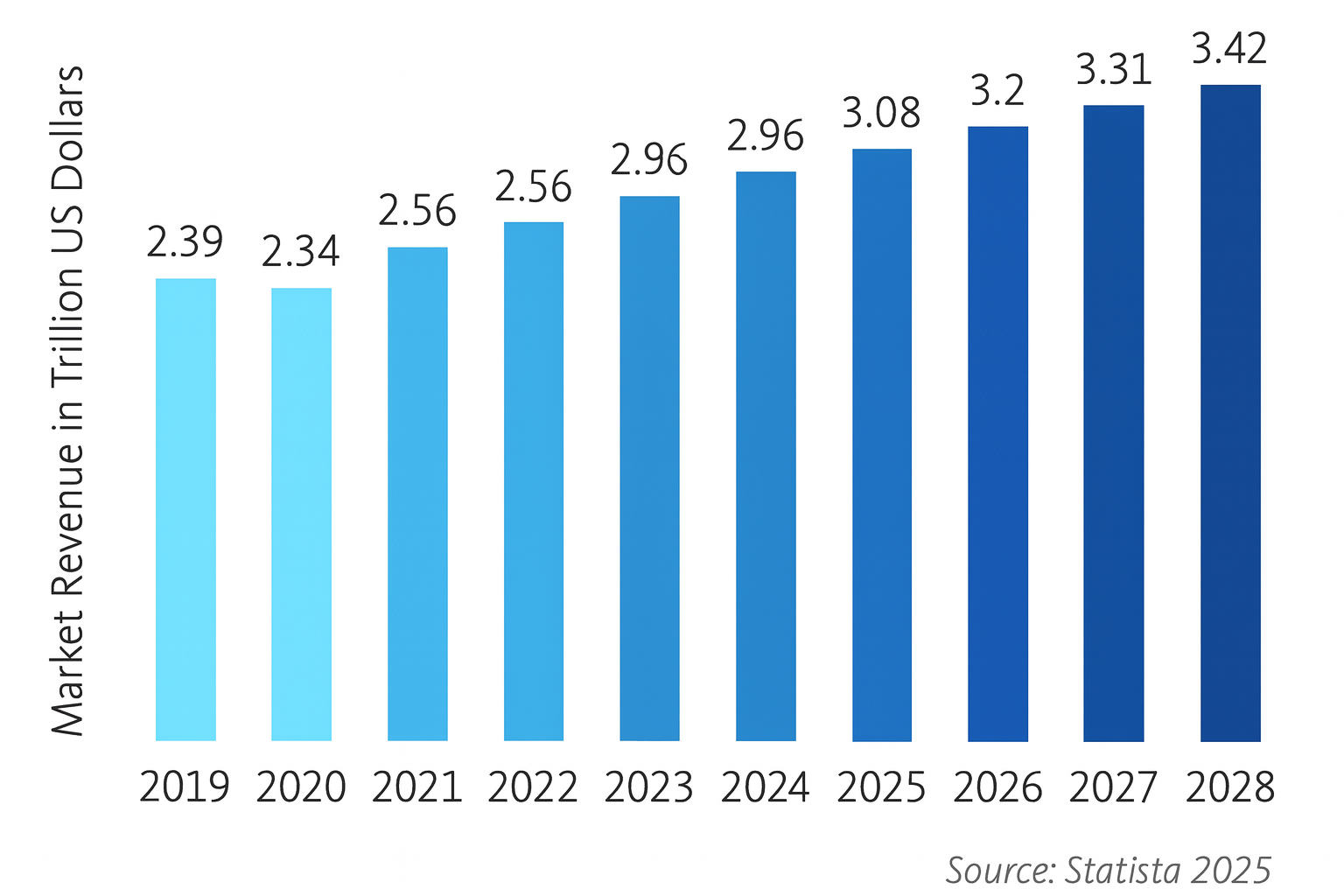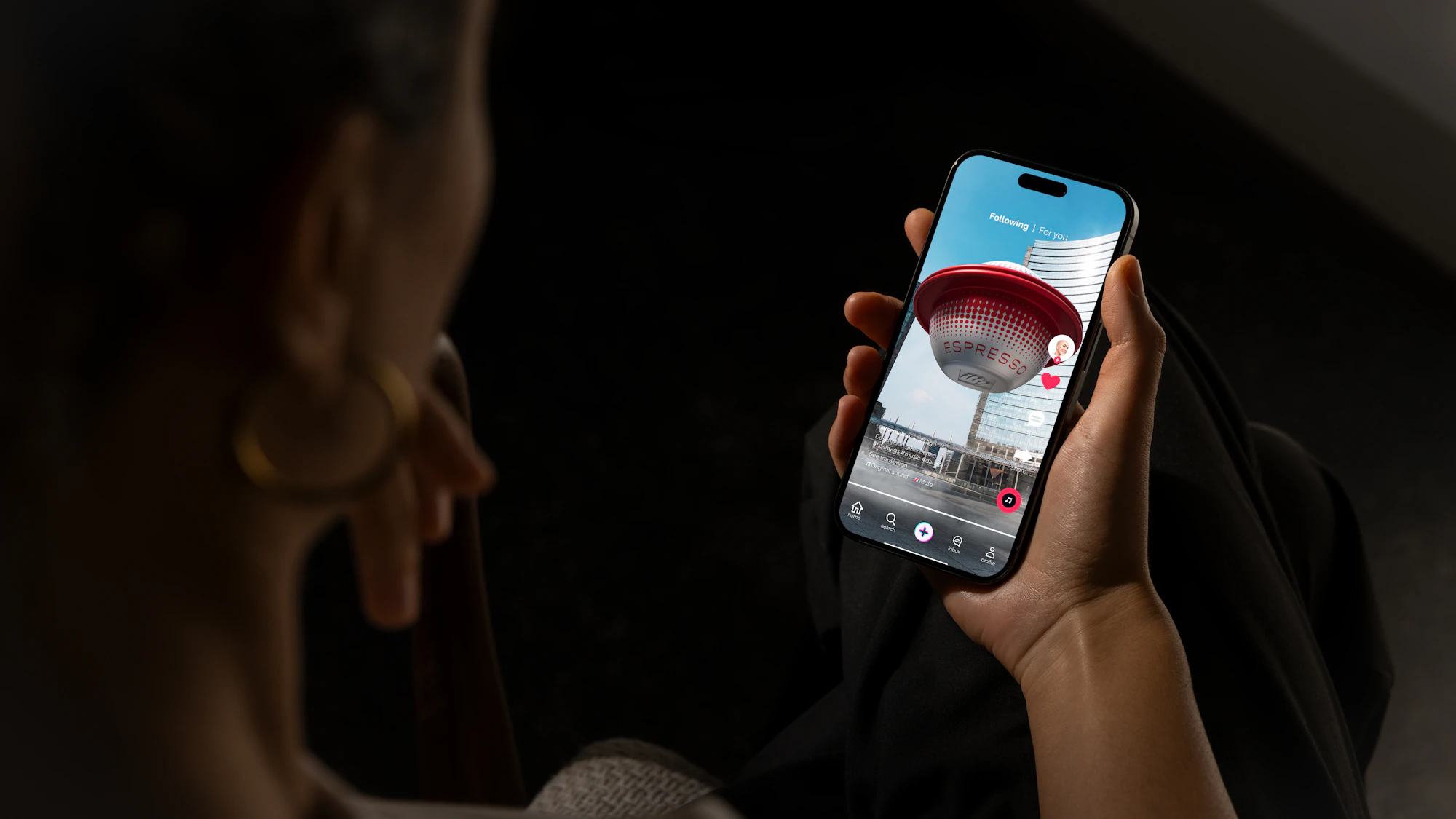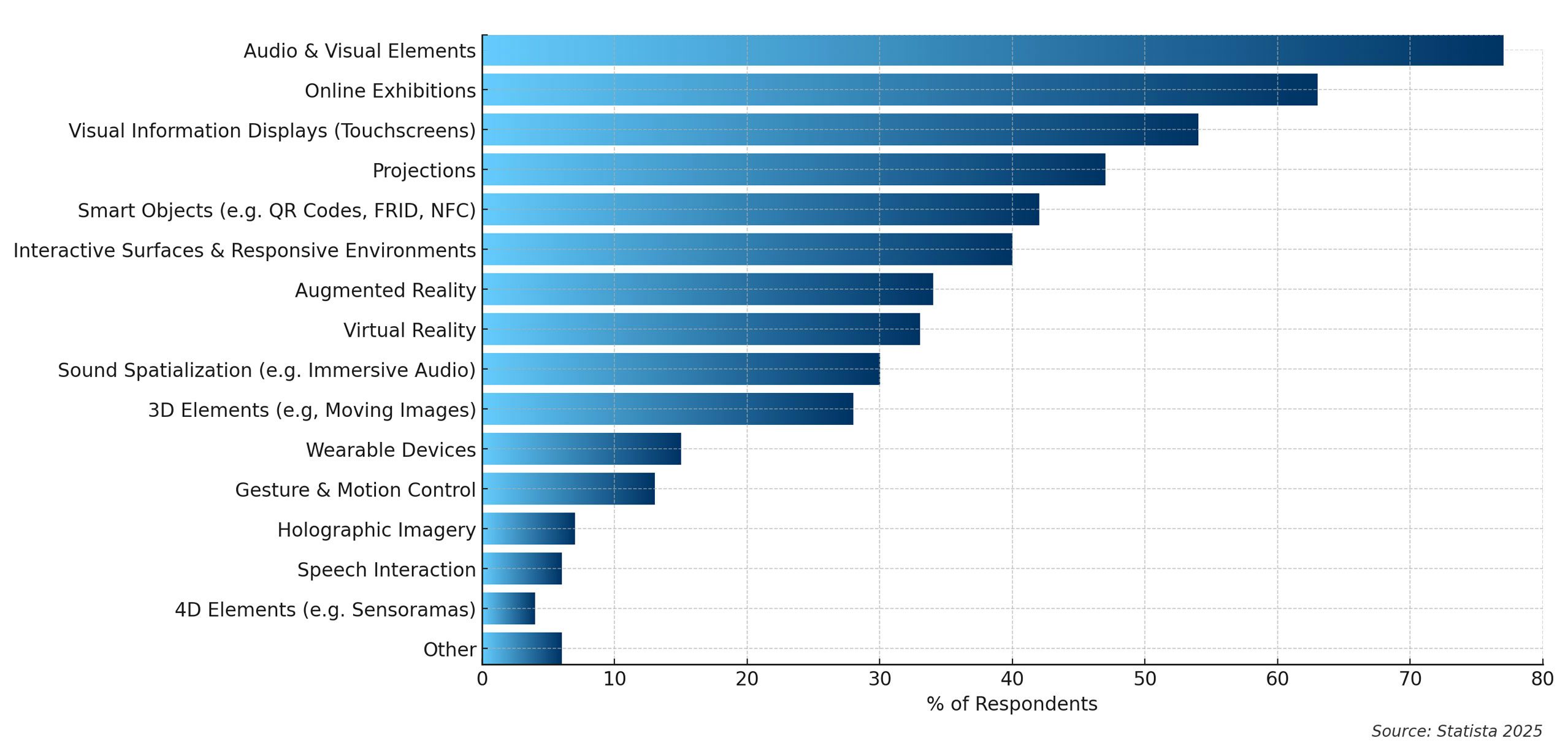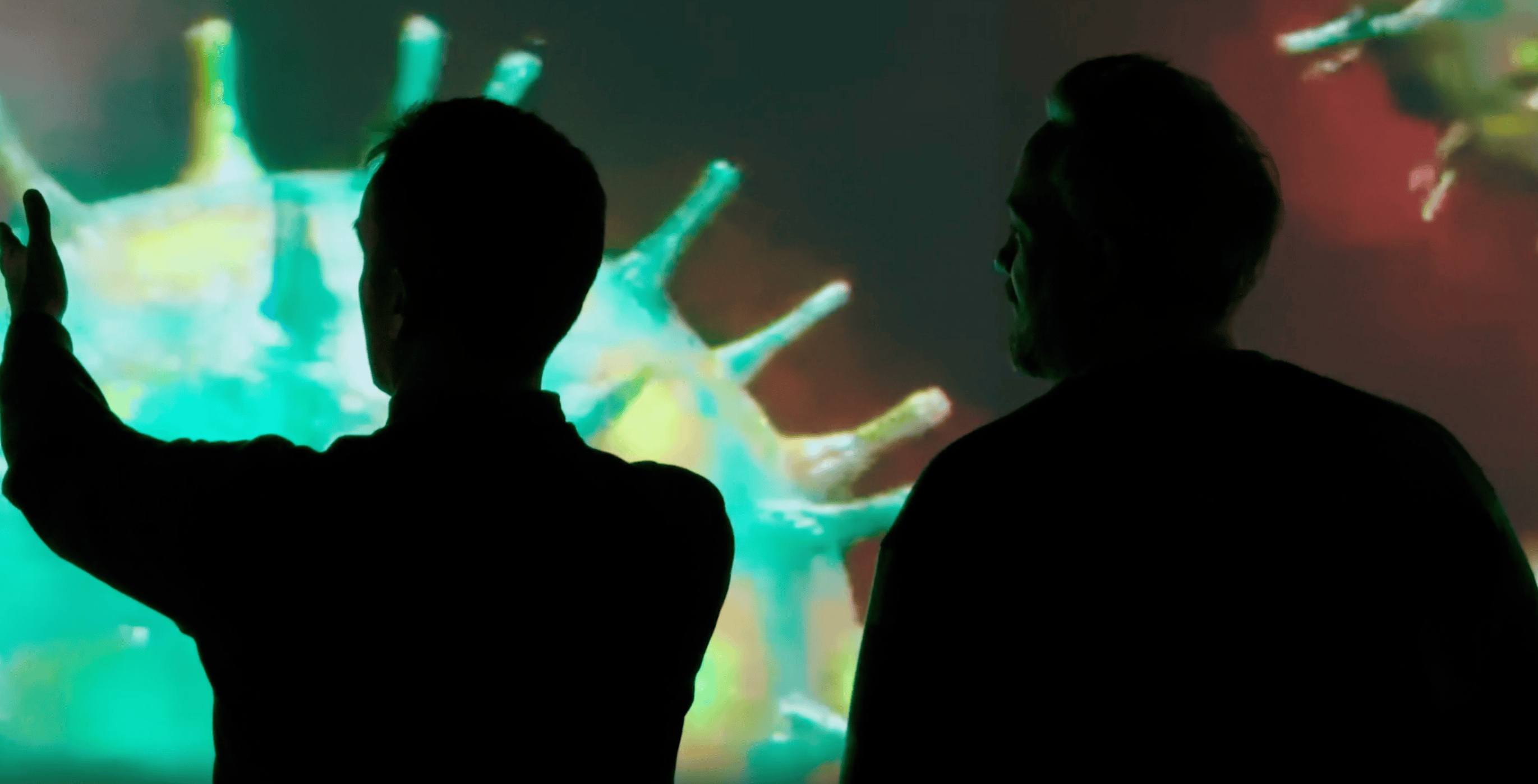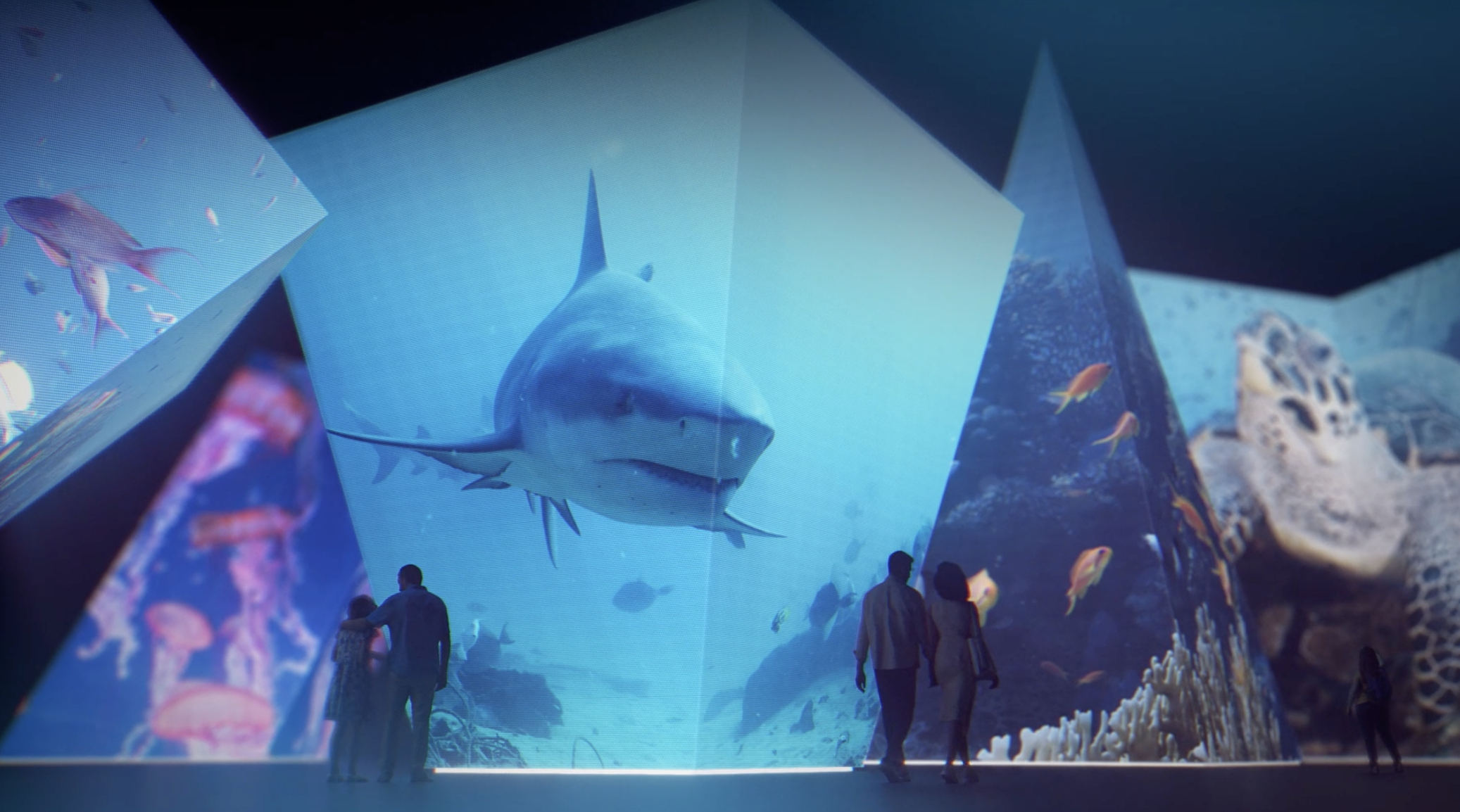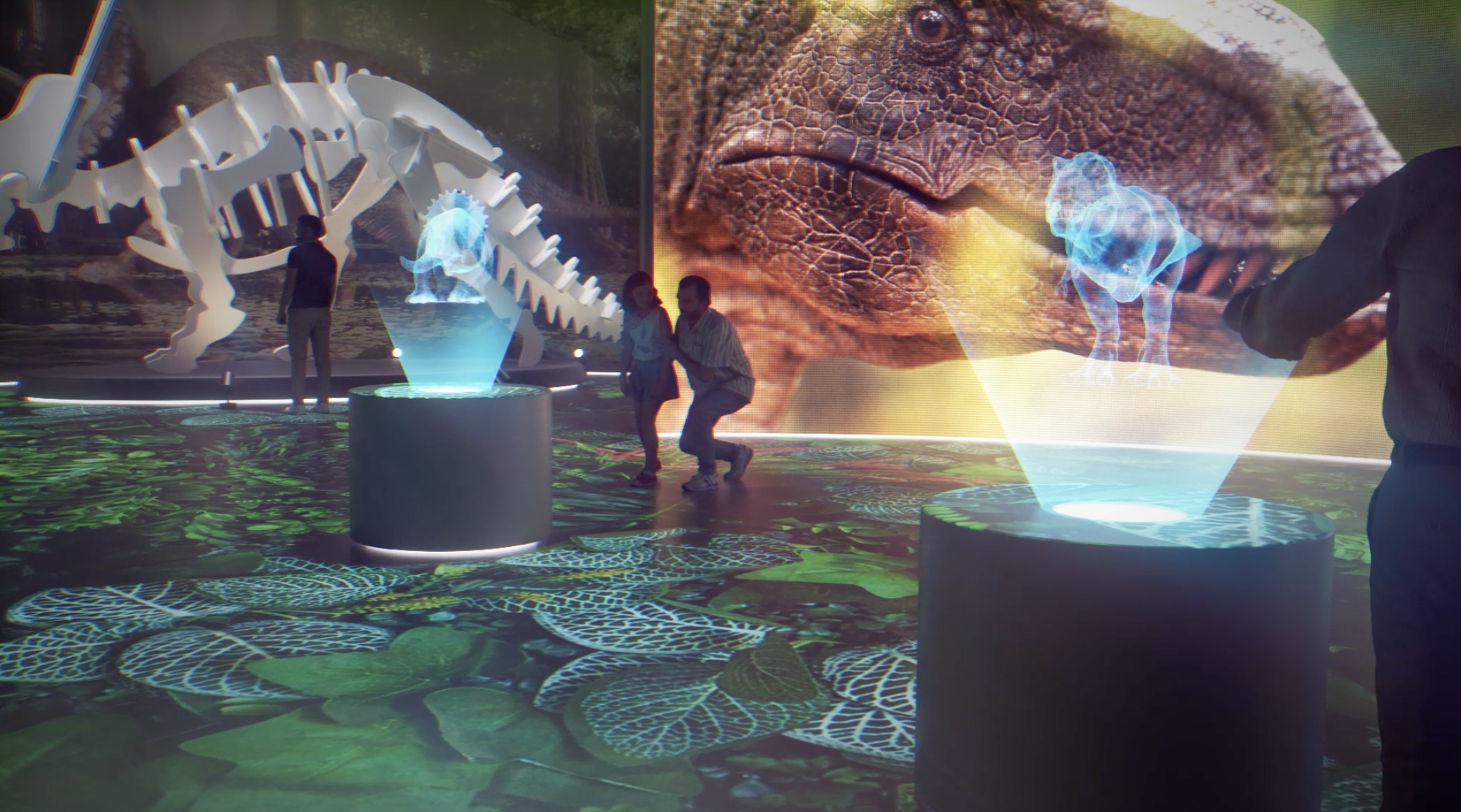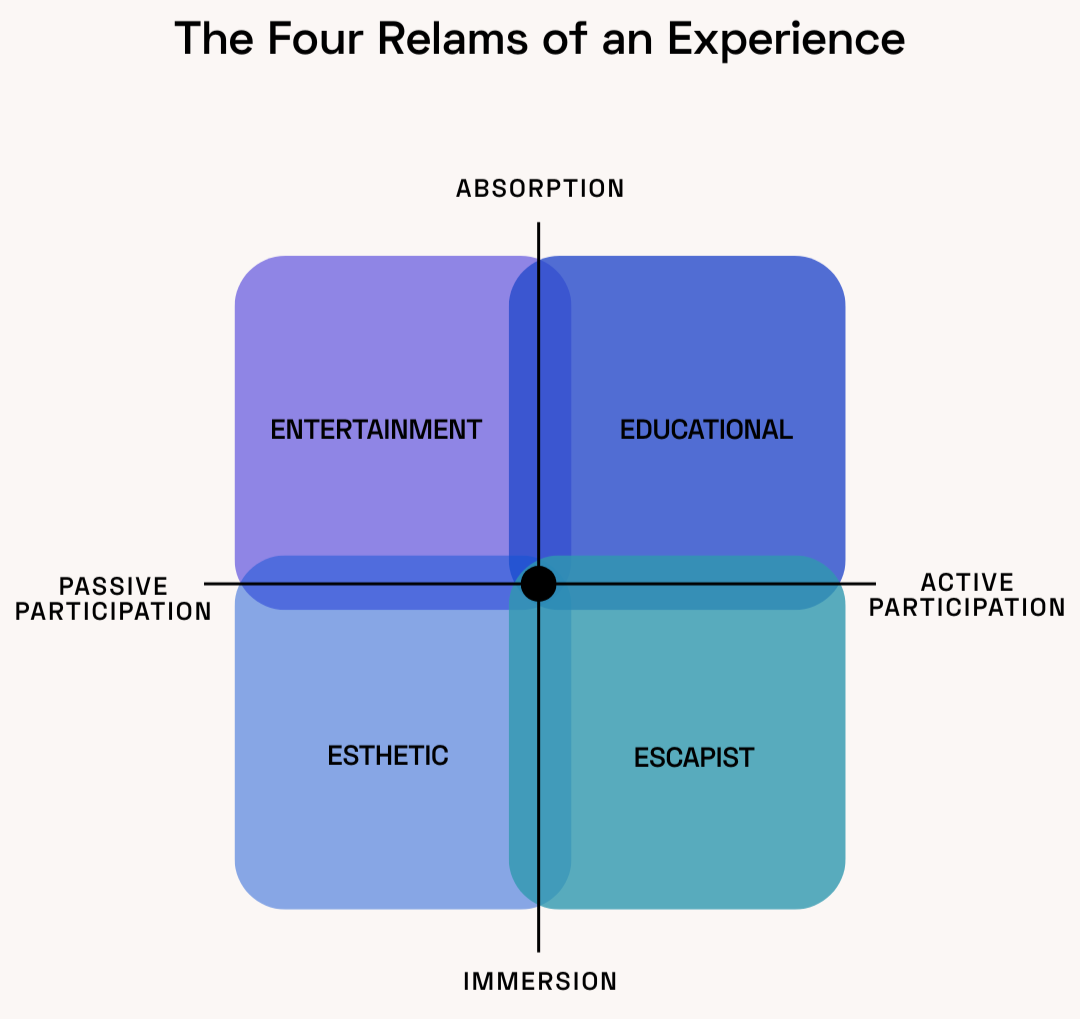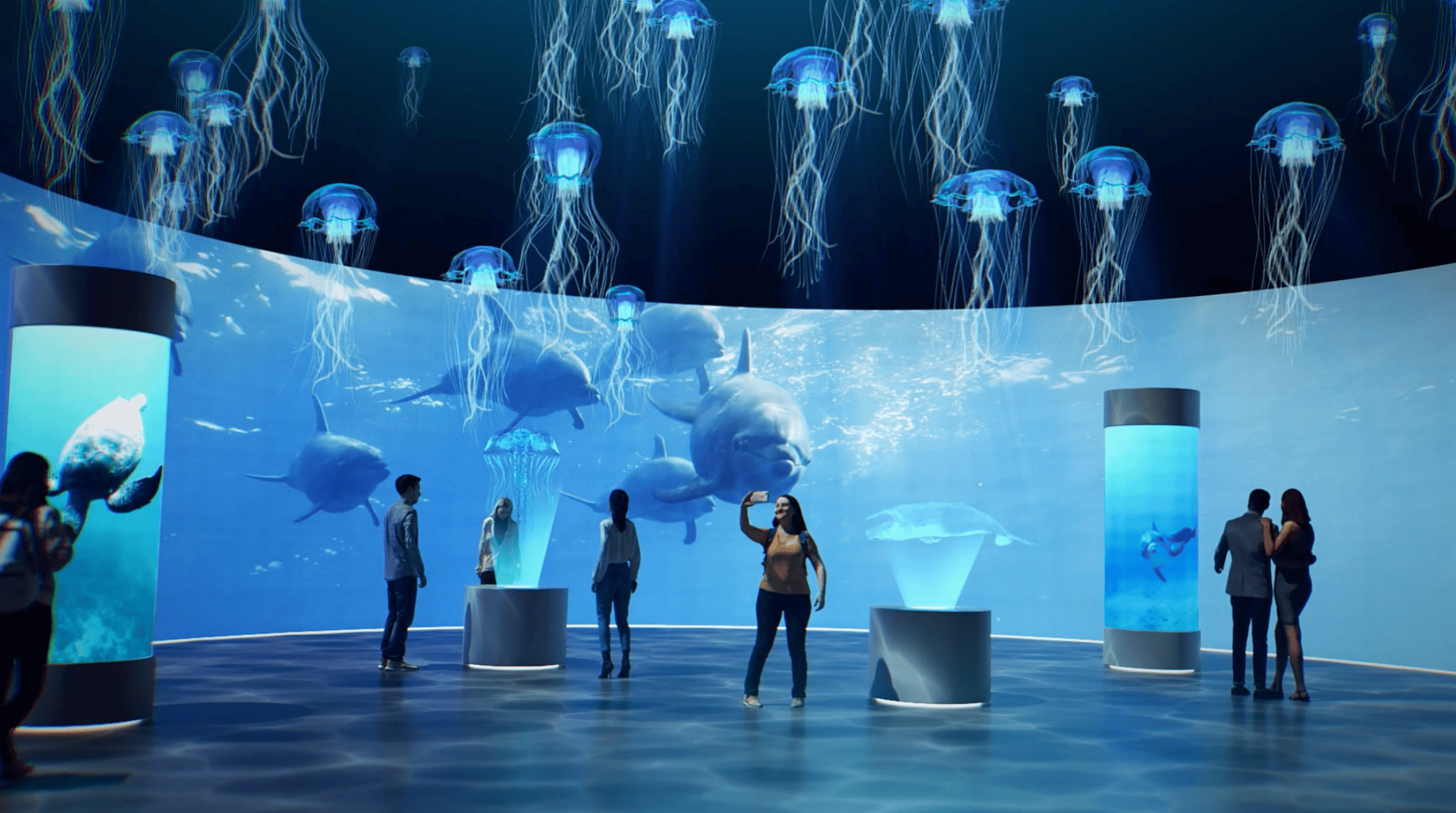How do economies change? The entire course of economic progress can be summed up by the evolution of four distinct stages, each corresponding to the evolution of human needs.
Commodities > Goods > Services > Experiences
As services, like goods before them, became increasingly accessible and undifferentiated, experiences emerged as the next step in what is known as the economic value progression.
Initially, experiences were often lumped together with services, but they represent a clear and distinct fourth economic offering. They are as different from services as services are from goods. We can identify and describe them because today's customers are actively seeking new ways to discover, learn about, and interact with products and services. A growing number of companies are responding by explicitly designing and promoting these experiences.
The new competitive landscape is now defined by how a company orchestrates experiences.
Unless companies want to operate in a commoditized economy, they must upgrade their offerings to the next level of economic value. The question, then, isn't whether, but when and how to enter the emerging experience economy.
The Market
The Experience Economy now accounts for over 14% of the global Gross World Product and is driven by a younger audience that prioritizes experiences over traditional purchasing methods.
Today's audiences grew up with digital platforms built on interaction, immersion, and a general focus on experience. In many countries, such as the UK, consumers aged 18 to 34 spent 67% more on experiences than the national average between July and September 2024.
Channel and Media
The following are the six most common media used to create immersive experiences:
Visual content and solutions: These are the primary storytelling tools for any experience due to their familiarity, ease of understanding, immediacy, scalability, and compatibility across various platforms, from the web to large LED screens. They are also highly effective for more elaborate narratives.
Environments and architecture: This includes physically constructed sets and entire spaces designed to immerse guests in a memorable experience and create a 360-degree effect.
Interactive solutions: These allow participants to interact with spaces, take actions, and achieve objectives.
Events and performances: Live or recorded performances like acting, dancing, playing an instrument, or singing can be delivered through various media, including audio, video, and motion capture.
Extended Reality (XR): Augmented reality, virtual reality, and mixed reality technologies can simulate real environments, enhance existing physical spaces, or evoke entirely imaginary ones.
The Internet and telecommunications: These channels and web platforms can be used to access digital experiences or to enrich them through omnichannel dynamics.
Specifically, and in terms of underlying technological support, the following is a report on the main digital technologies, tools, and formats implemented by major museums worldwide since 2021, in order of priority.
What Is an Experience?
An experience occurs when a company intentionally uses services as a stage and goods as props to engage individual customers and create a memorable event. While commodities are fungible, goods are tangible, and services are intangible, experiences are memorable.
“An experience is a memorable event that engages each of us in a profoundly personal way, leaving an indelible memory.”
(B. JOSEPH PINE II - THE EXPERIENCE ECONOMY)
While the economic offerings of commodities, goods, and services are external to the buyer, experiences are inherently personal. They exist only in the mind of an individual who has been engaged on an emotional, physical, intellectual, and even spiritual level.
As a result, no two people can ever have the exact same experience, because each experience is a product of the interaction between the staged event (like a visual experience) and the individual’s state of mind.
Experiences in the B2B World
Experiences have always been a part of business, both as "experiences for sale" (like those in the entertainment industry) and as a way to enhance marketing and communication efforts and boost audience engagement with a brand.
Today, incorporating experiences into marketing strategies is becoming more common, even for companies that only offer a product or a service. Bluemotion is increasingly offering sophisticated solutions such as immersive rooms, corporate museums, and multimedia sales environments.
Thanks to specially created 3D content, these spaces allow stakeholders to have memorable experiences with the company, its products, and services, offering a level of effectiveness that surpasses any traditional sales presentation.
More and more brands are providing their customers with experiences to engage them in a personal and memorable way.
A look at some of the world's most successful brands reveals that their success is founded on delivering gratifying, engaging, exciting, memorable, and captivating experiences. From Apple Genius to Amazon, from Starbucks to Nike, it is the sum of the quality of the experiences lived with and through the brand that has contributed to its value, not the features of the product or service itself.
Experiences are not just about entertainment; companies stage an experience every time they engage customers in a personal and memorable way.
Le caratteristiche delle esperienze
Experiences, just like goods and services, have their own qualities and characteristics, and they present unique design challenges. One way to conceptualize experiences is through two key dimensions: participation and connection.
- The first dimension, participation, can be a spectrum. On the lower end, we have passive participation (e.g., watching a movie in a theater), while on the higher end, we have active participation, where how people interact directly determines the outcome of the experience.
The consequence is that a high level of participation makes the experience more memorable but the outcome is less certain, while a low level of participation reduces engagement but guarantees a more predictable result.
Therefore, designing the experience based on the desired level of participation and interaction is crucial for the project's success.
- The second dimension of experience describes the connection, or environmental relationship, that links customers to the event or performance. At one end of this spectrum is absorption; at the other is immersion. Someone watching a soccer match from the stands absorbs the event unfolding below and in front of them; meanwhile, a person on the sidelines is immersed in the surrounding sights, sounds, and smells. Similarly, watching a movie in a cinema with a large screen and stereo sound is more engaging than watching the same movie at home.
The Four Realms of Experience
By crossing these two dimensions, we can easily divide and classify experiences into four categories:
Most people consider experiences like watching television or attending a concert to be entertainment. In these cases, customers participate more passively than actively, and their connection to the event is one of absorption rather than immersion.
Events, trade shows, and conferences tend to involve more active participation, but people are still more "external" to the event than immersed in the action.
First-person experiences and activities can be characterized by a high degree of participation but require immersion in a specific context that is not always available or accessible to the customer.
If the active participation of the customer is minimized, an escapist event becomes an experience of the fourth kind: an aesthetic one. In this case, customers or participants are immersed in an activity or environment, like a visitor in an art gallery.
In general, the richest and most complete experiences include aspects of all four realms. However, the universe of possible experiences is vast, and the "everything of everything" approach is not necessarily the customer's preferred solution, nor is it always feasible.
Ultimately, the most important question managers can ask themselves is:
"What is the best experience to offer the customer for this specific need?"
That experience will ultimately define their business. Experiences, like goods and services, must satisfy a customer need; they must work; and they must be feasible.
Just as goods and services are the result of an iterative process of research, design, and development, experiences stem from an iterative process of exploration, scripting, and staging—skills that aspiring experience providers will need to master.
Are You in the Experience Economy?
Given that the experience economy is now a reality, how can a company know if it is a part of it? A company that doesn't offer "experiences" in the traditional sense—like travel, shows, or events—but rather products or services, might claim that they don't need these types of "solutions."
However, a simple analysis of your next marketing or sales needs will show that the most effective strategies are increasingly those that can offer a structured context in which the customer is the protagonist, where services are the stage and goods are the prop, in other words, experiences.
If traditional marketing and communication activities are no longer enough to differentiate your business and make sales, then you are already in the Experience Economy.
References:
Harward "Business Review, Welcome to the experience economy"
Statista 2025 "Experience economy report 2025"
Studio "Evolving immersive the 2025 immersive industry report"
Holba "The Experience Economy Report"
